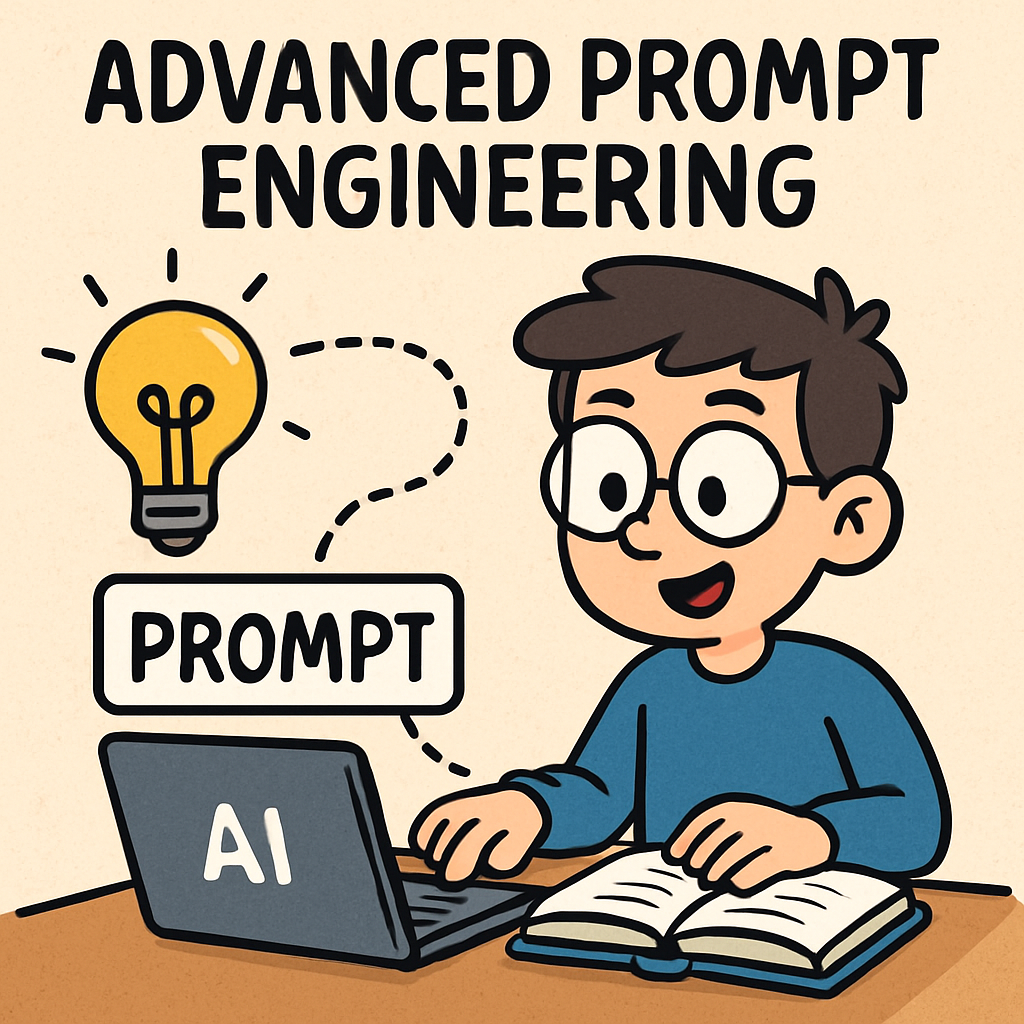 In this lesson, we're building on basic prompt engineering for creating images. You might have tried making prompts using things like the subject, setting, style, mood, and lighting. For instance, you might have seen how a simple prompt like 'a cat' differs from a detailed one like 'a fluffy black cat in a sunny garden, in a realistic style, with a playful mood under bright daylight'. Today, we're advancing to professional-level techniques to give you even more control over AI image generation. You'll explore tools like multi-prompt chaining, style fusion, camera perspectives, negative prompts, iterative refinement, and addressing bias. This lesson will turn you into a digital artist mastering AI. Get ready to experiment creatively and safely using tools such as Canva AI, Bing Image Creator, or Craiyon.
In this lesson, we're building on basic prompt engineering for creating images. You might have tried making prompts using things like the subject, setting, style, mood, and lighting. For instance, you might have seen how a simple prompt like 'a cat' differs from a detailed one like 'a fluffy black cat in a sunny garden, in a realistic style, with a playful mood under bright daylight'. Today, we're advancing to professional-level techniques to give you even more control over AI image generation. You'll explore tools like multi-prompt chaining, style fusion, camera perspectives, negative prompts, iterative refinement, and addressing bias. This lesson will turn you into a digital artist mastering AI. Get ready to experiment creatively and safely using tools such as Canva AI, Bing Image Creator, or Craiyon.
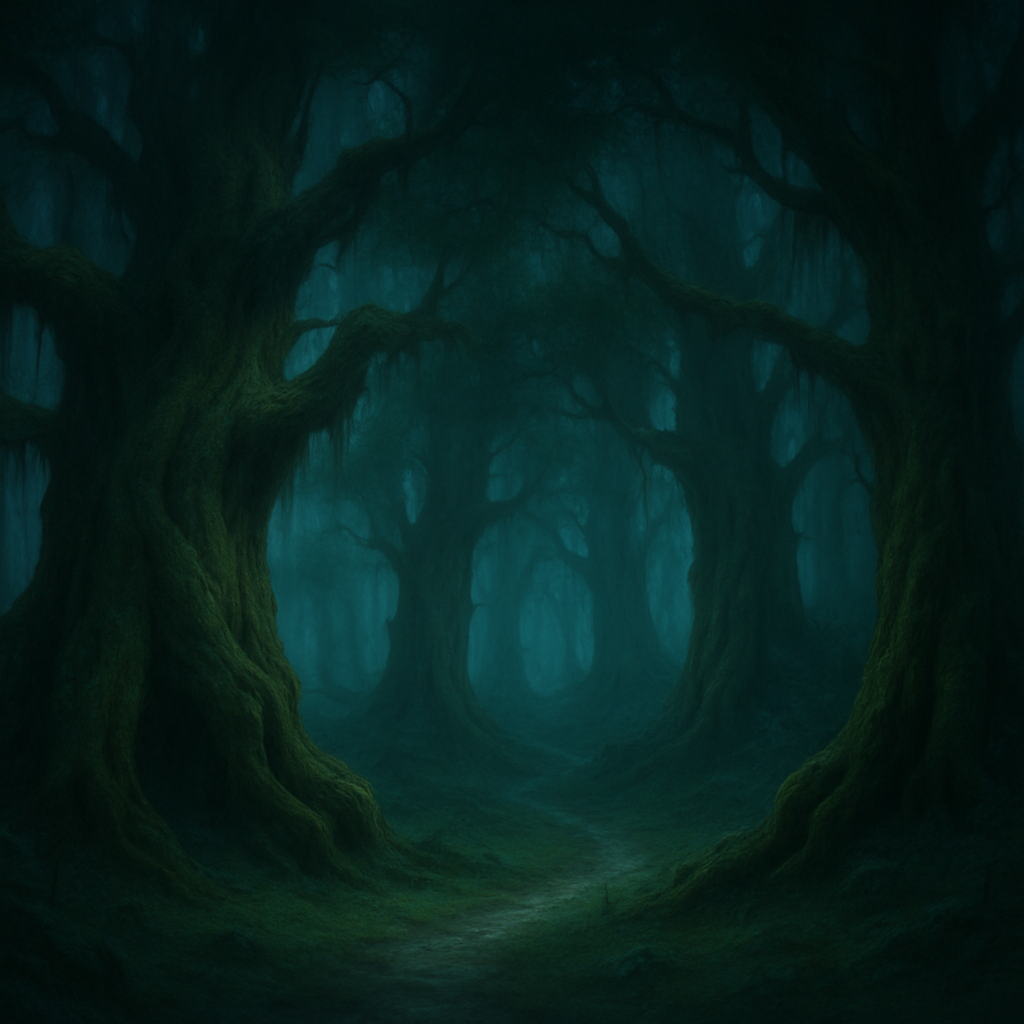 Introduction to Multi-Prompt Chaining
Introduction to Multi-Prompt Chaining
Multi-prompt chaining is an advanced technique in prompt engineering that involves constructing a sequence of prompts to refine an AI-generated image progressively. This approach enables you to commence with a broad, general concept and then incorporate increasingly specific details in subsequent prompts. It is analogous to the process of editing and revising a draft document, providing you with enhanced control over the AI's output. As a result, you can transform a simple initial idea into a detailed and professionally polished visual creation.
This method is particularly useful because it allows the AI to build upon previous generations, thereby reducing randomness and ensuring a more coherent evolution of the image. By chaining prompts, you can systematically address aspects such as composition, style, mood, and lighting, leading to superior results.
Consider the following sequence, starting with a basic prompt and refining it step by step:
In this example, each subsequent prompt adds layers of detail, enhancing the overall quality and specificity of the image.
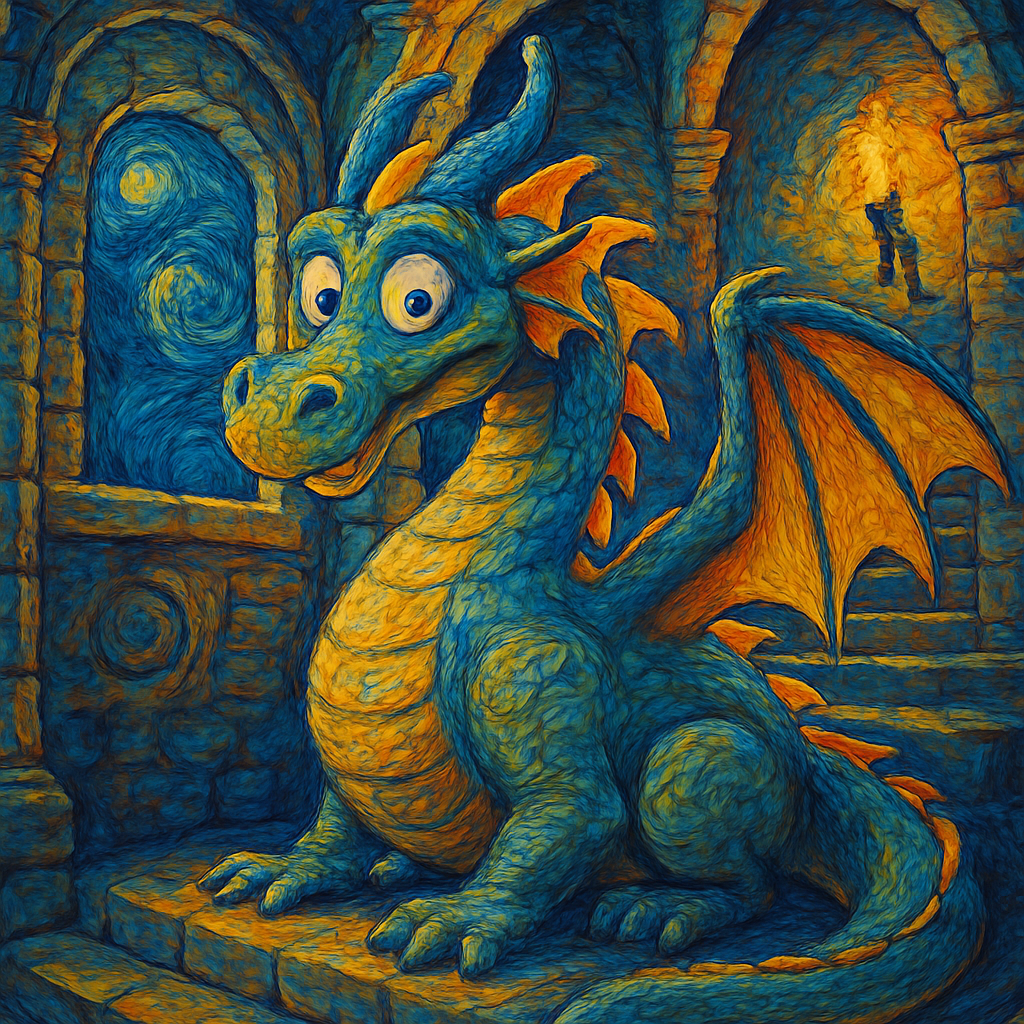 Introduction to Style Fusion
Introduction to Style Fusion
Style fusion is an advanced technique in prompt engineering that involves combining multiple artistic styles within a single prompt to produce unique and creative images. This method allows you to move beyond using just one style by blending elements from different artists, genres, or artistic movements. For example, you might merge the swirling brushstrokes of a famous painter with the vibrant animation of a modern film studio, resulting in a hybrid artwork that is both innovative and visually striking.
By employing style fusion, you gain greater control over the aesthetic qualities of your AI-generated images, enabling you to experiment with combinations that can lead to unexpected and inspiring outcomes. This technique is particularly valuable for creating original content that stands out from standard single-style generations.
Consider the prompt: 'A dragon in a castle, in the style of Van Gogh and Pixar animation'. This fuses the expressive, starry-night qualities of Van Gogh's work with the colourful, three-dimensional animation style of Pixar. To understand the difference, compare it to single-style prompts such as 'A dragon in a castle, in the style of Van Gogh' or 'A dragon in a castle, in the style of Pixar animation'. The fused version creates a unique blend that incorporates elements from both.
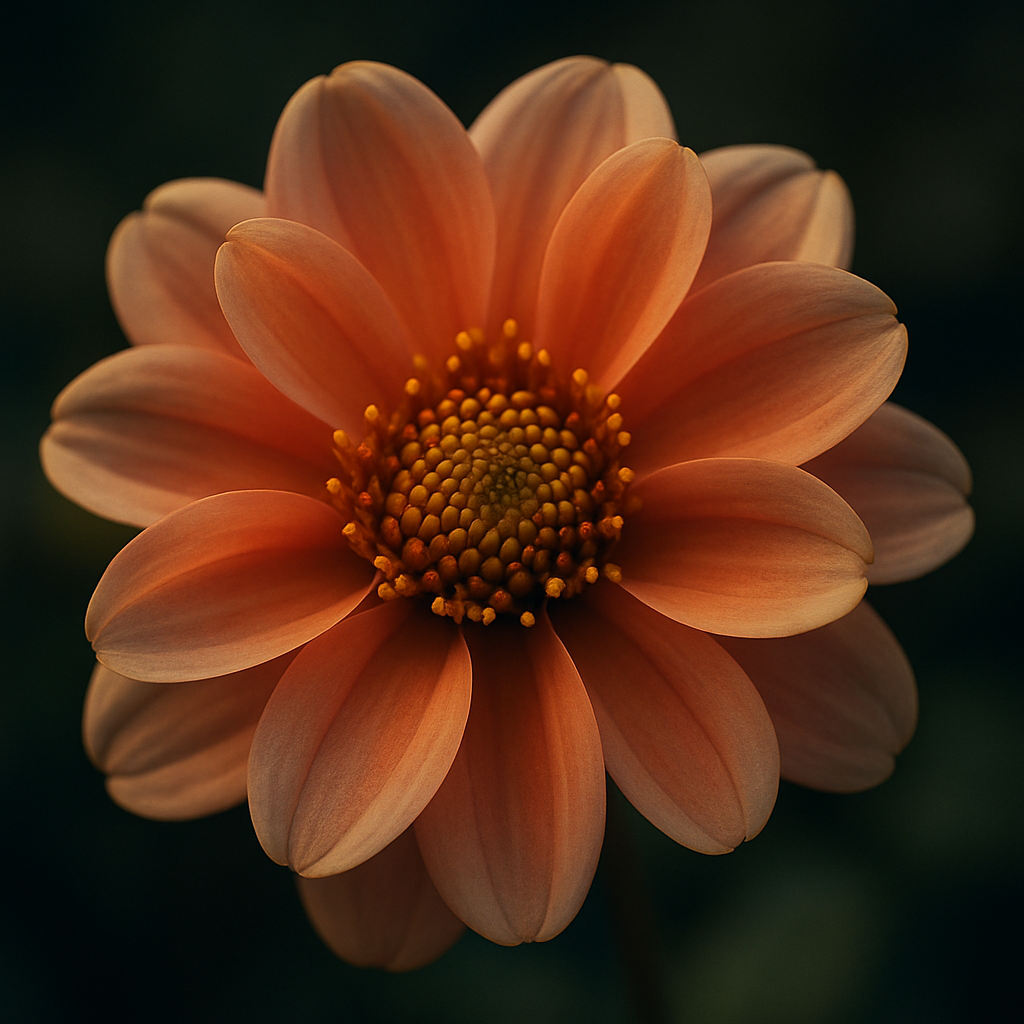 Introduction to Camera Perspectives and Technical Language
Introduction to Camera Perspectives and Technical Language
Incorporating camera perspectives and technical terminology into your prompts enables you to create more cinematic and professionally refined AI-generated images. This technique provides greater control over the composition, viewpoint, and overall quality of the output. By using terms such as 'wide-angle shot', 'macro photography', 'fisheye lens', 'isometric view', '4K render', or 'cinematic', you can direct the AI to emulate specific photographic or filmmaking styles, resulting in images that are more dynamic and visually compelling.
This approach is particularly effective because it allows the AI to interpret your prompts through the lens of professional visual arts, transforming simple descriptions into sophisticated visuals. For instance, specifying a 'wide-angle shot' can expand the scene's scope, while 'macro photography' focuses on intricate details.
Consider the following comparisons to observe the impact:
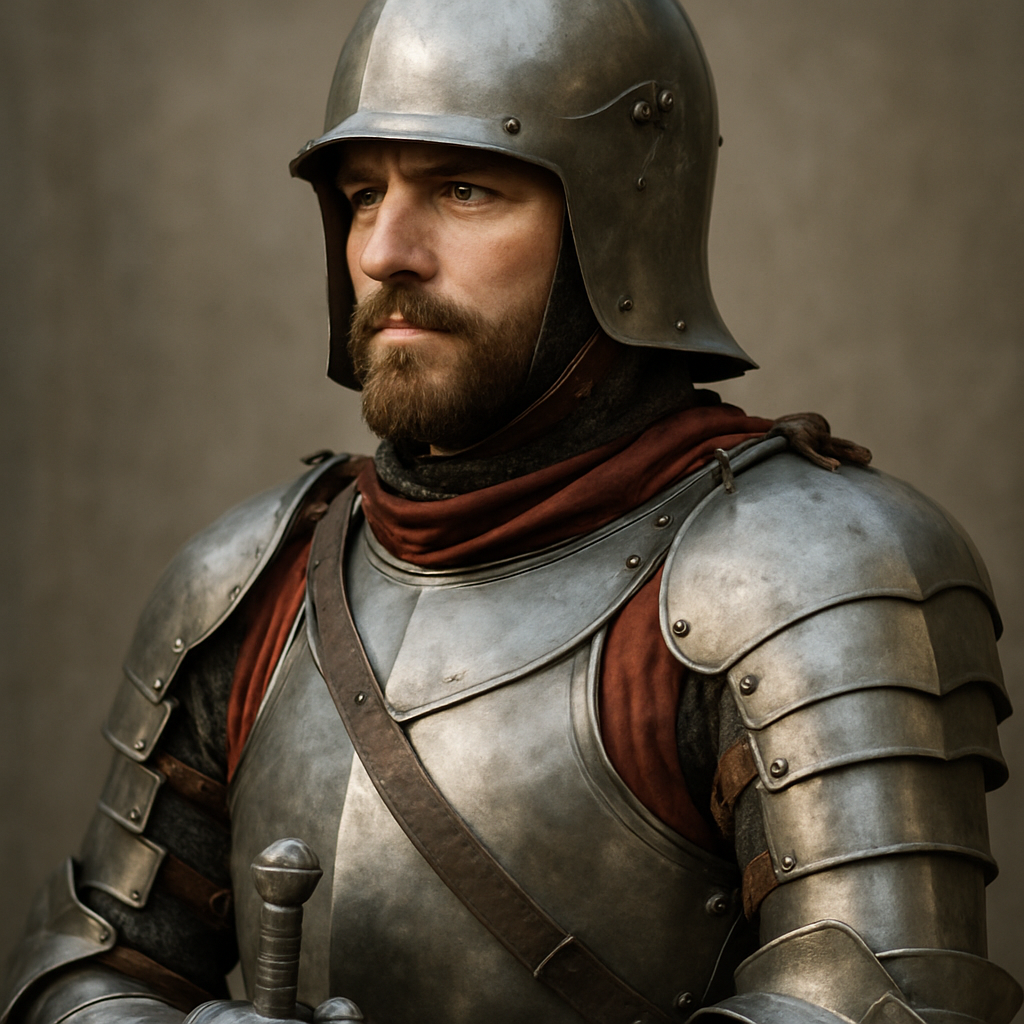 Introduction to Negative Prompts
Introduction to Negative Prompts
Negative prompts are an advanced technique in prompt engineering that allows you to specify elements or characteristics that you wish to exclude from AI-generated images. This method helps to prevent unwanted features, such as blurriness, text overlays, distortions, or additional objects, thereby ensuring cleaner and more precise results. In tools that support a dedicated negative prompt field, you can enter these exclusions separately. Alternatively, you can incorporate them directly into your main prompt using phrases like 'no [element]', 'without [element]', or 'avoid [element]'.
By using negative prompts, you gain greater control over the AI's output, addressing common issues that arise from the model's interpretations of ambiguous instructions. This technique is especially useful for refining images to match your exact vision, reducing the need for multiple generations.
Consider the basic prompt: 'A portrait of a knight'. This might result in an image with blurriness, added text, or extra figures. Now, refine it with negatives: 'A clear portrait of a knight, no blur, without text, no extra people'. The revised prompt guides the AI to produce a focused, solitary, and sharp image of the knight.